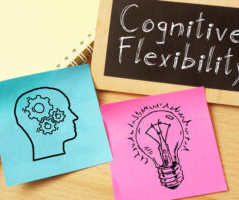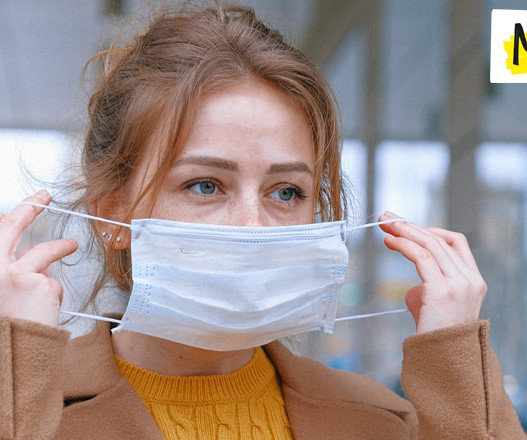Synthesizing Findings on Cognitive Flexibility and Self-Injurious Thoughts and Behaviors
Society of Clinical Psychology
JULY 14, 2023
Scientists have dedicated a tremendous amount of effort and resources toward understanding potential risk and protective factors for self-injurious thoughts and behaviors (SITB). Several interventions for SITB include strategies to improve cognitive flexibility (e.g., 2006; Park & Ammerman, 2023). Bryan, 2019; Kiosses et al.,


















Let's personalize your content